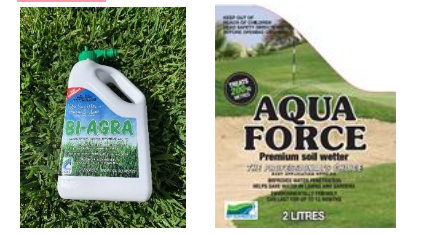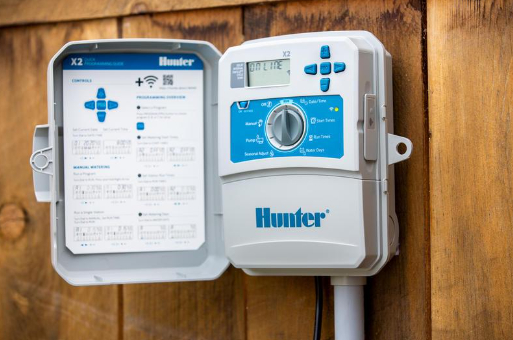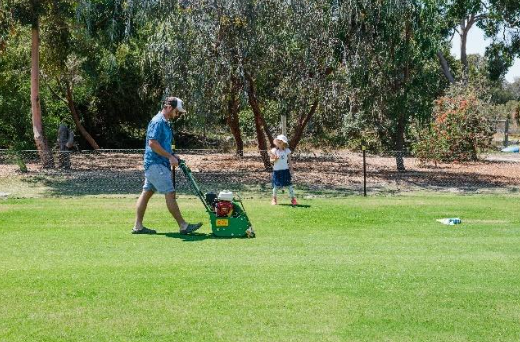It’s time to give your lawn a foliar feed of iron, manganese, and nitrogen with a small amount of potassium and phosphorus to help get those roots deep into the ground and the leaf and stem strong to assist in resisting evaporation.

Apply a light top dress and liquid wetting agent and moisture retainer system on any areas that are looking like they are drying out.

- Check irrigation systems again for blockages leaks and uniformity of cover.
- From this time on, if you do not have a smart irrigation controller, you may need to adjust irrigation run times based on climatic conditions and soil/water infiltration rate. It’s likely to be time to be ensuring that you are irrigating at 10mm per irrigation.

- As the weather warms up, schedule mowing to be undertaken early in the day, in the immediate 24 hours after irrigation. This puts your lawn in a healthier condition prior to mowing, enabling it to recover more rapidly and to not suffer heat stress when mown .
Mow weekly at 10-15mm. See here for details https://tgawa.com.au/turf-varieties/

